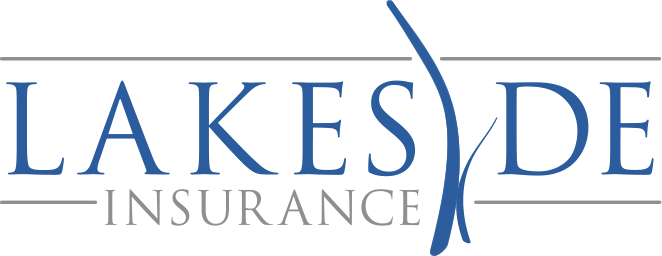
If you’re a dog lover, you probably look at your dog and think warm fuzzy thoughts. Your insurance company, on the other hand, probably sees danger signs.
This is especially true if the dog’s breed happens to be prohibited under homeowners insurance policies. Known by insurance companies as "excluded dog breeds," "aggressive dog list," "dangerous dogs list" or simply "bad dog list," this collection of prohibited dogs consists of breeds that are widely considered to be a financial risk to insurers.
According to the Insurance Information Institute, claims related to injuries from dogs account for one-third of all homeowner liability dollars insurance companies pay out every year. In 2016, that figure was $602 million from more than 18,000 claims—an average of $33,000 per claim. That’s a lot of money.
This makes insurance companies wary of dogs that traditionally display a propensity for aggression, so homeowners whose dogs fall into that category will pay higher premiums. In some cases, depending on the homeowner’s location and the insurance company, it may even be impossible to obtain coverage.
The specific dog breeds prohibited by insurers vary from company to company, but at least five appear on every list. Note that not only pure-bred dogs are banned, but any mixed breeds as well:
- Pit Bull
- Rottweiler
- Doberman
- Presa Canario
- Chow Chow
Statistics show these are some of the most aggressive dogs around and have been the cause of many reported attacks—some of which are fatal. According to the Centre for Disease Control, dog attacks resulted in 279 human deaths in the U.S. over a 20-year period, and Pit Bulls and Rottweilers alone accounted for more than half of those deaths. In a separate long-term study that analyzed 658 documented deaths resulting from dog attacks, 53.5% were attributable to Pit Bulls.
Owners of these types of dogs may feel discriminated against. After all, every individual dog differs by not only personality but also, importantly, upbringing. Isn’t it unfair to ban an entire breed because of the bad behavior of a few?
One alternative could be to deny coverage or impose higher premiums based on the risk associated with a specific dog, rather than its breed. This would require insurance companies to assess a dog’s history of behavior, training and other personal criteria to determine if they are dangerous.
But this approach does not seem very tenable from an insurance perspective. Many dogs do not exhibit aggressive behavior until the day they attack, at which point it’s too late for the insurance company to refuse to pay out. In the absence of a more reliable method of predicting aggression, it appears that breed profiling is the only feasible option.
The insurance industry is in the business of evaluating risk, and all the facts about these five types of dogs suggest they pose a higher risk.
Original article: http://www.iamagazine.com/markets/read/2017/06/12/...


Discussion
There are no comments yet.